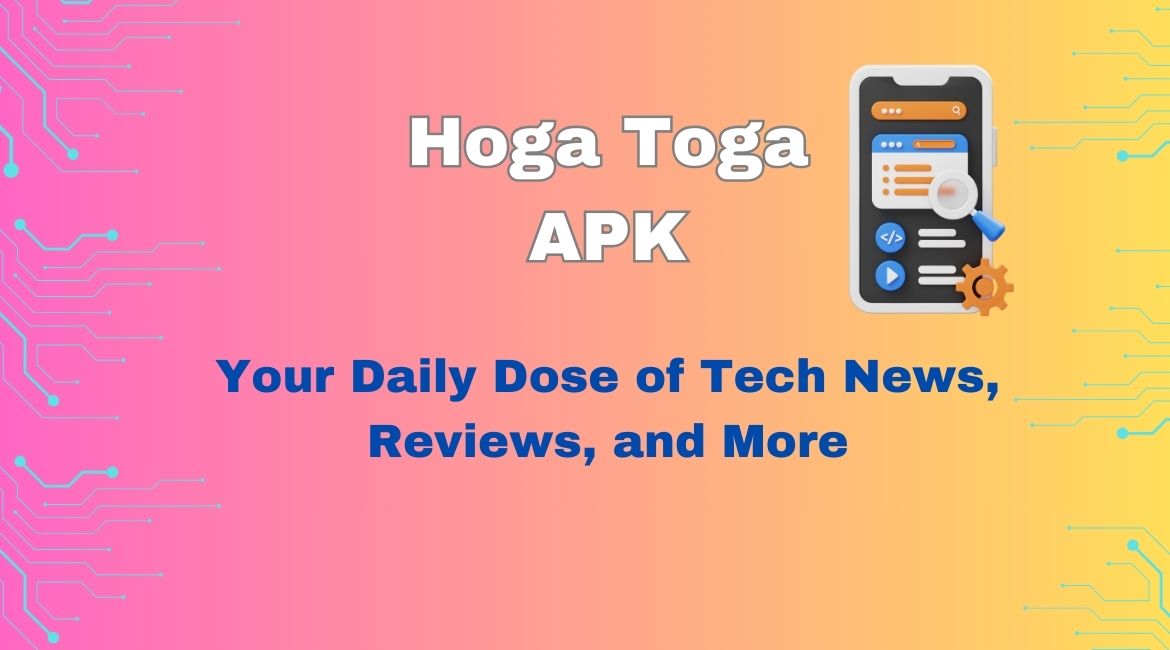What is the future of advertising?
It’s a very broad question and one that is not simple to answer. However, if you take a closer look at the different forms of advertising and how far each one has come in recent years, it is not hard to see the vast advancement in programmatic advertising.
From increased market share to a huge growth in spend levels, when it comes to digital advertising solutions, programmatic is on the rise and showing no signs of slowing down.
Table of Contents
ToggleWhat is programmatic advertising?
First introduced in the early 90s, programmatic advertising is the process of automated buying and selling of online advertising. Using advanced targeting tactics, programmatic advertising solutions segment audiences using data so that advertisers only pay for ads that are displayed to the right people at the right time.
Delivering a better ROI for both SMEs and global brands, programmatic advertising frees up more time for marketers to focus on other aspects of digital advertising, such as optimization and creating more innovative digital ads.
What do programmatic ads offer?
According to ALFI’s global research, programmatic advertising spending is set to increase significantly over the next three years. When asked, “what are the three most important benefits of programmatic advertising,” 94% of survey respondents cited automation, 72% chose real-time measurement, and 67% selected sophisticated targeting.
Further benefits of programmatic advertising for today’s marketer include:
- It allows you to streamline the ad buying process. You can literally reserve impressions in 100ths of a second.
- You can utilize demand-side targeting. This means that you have more control over who you are targeting as you are not reliant on unknown audience data, which publishers either own or control.
- You can achieve a greater scale while simultaneously reducing your campaign launch time.
- You can leverage first and third-party data sets.
- You can make changes to your advertising campaigns in real-time. You can optimize your best-performing audiences, sites, and even the time of day for maximum ROI.
- You can showcase your brand in the best possible light using highly creative and interactive ads.
- You can sync up your programmatic advertising with your digital out-of-home billboards.
What is next for programmatic advertising?
With so many changes to the way people shop since COVID-19, many will be thinking, “what is the future of programmatic advertising in a post-pandemic world?”.
Well, let’s take a closer look.
Omnichannel commerce
One of the most notable digital advertising trends to emerge in the last 24 months is the importance of omnichannel opportunities. Consumers are demanding more choice, yet they want the offerings from their favorite brands to be consistent across the board. From mobile to desktop, DOOH to CTV, you need to be delivering a seamless customer experience.
In terms of programmatic ads, this means that marketers need to be as creative as possible and embrace rich media ads that work across many different channels.
User privacy
There have been several changes in the world of advertising when it comes to user privacy. Google getting rid of third-party cookies and ending behavioral targeting, and Apple deprecating the IDFA, to name but a few, were big news stories to break out.
While this has caused problems for many types of advertising, it has opened doors for programmatic advertising, which has the ability to combine amazing creatives with contextual targeting for highly effective digital advertising solutions.
Personalization
Ad fatigue is a problem for most marketers as consumers grow increasingly fed up with being bombarded with adverts on multiple channels. However, by using programmatic advertising to take the age, location, preferences, and habits of consumers into context, advertisers can improve their ROI and offer both a smoother customer journey and a less intrusive experience.
Native digital advertising can also help to banish ad fatigue as they are typically less intrusive and tend to blend in with the web page.
In-house programmatic
You may start to see brands bringing programmatic advertising in-house so that they have greater control over spending, data, and their intellectual property. In fact, around 50% of advertisers opted for an in-house model for programmatic trading in 2021, a 20% increase from 2020.
However, if you are thinking about doing this, you should know that this is no small feat. You will need a centralized data management platform (DMP), change management, in-house expertise, and a connected AdTech platform.
Growth in other programmatic formats
As well as programmatic advertising strategies on the internet, you can also expect to see growth in other areas such as mobile geotargeting, audio, out-of-home, and over-the-top advertising.
Should you invest in programmatic advertising?
There is no denying that the future of programmatic advertising is bright. When carried out correctly, it can help you to get your brand in front of your target customers and actively engage with them.
To make the most out of any advertising campaign in 2022 and beyond, you need to be willing to explore different creatives and discover new ways to reach audiences while still honoring their privacy – both of which programmatic advertising can help you to achieve.
Author Bio
PadSquad is a digital advertising company wholly focused on high-impact creativity. We believe in humanizing the advertising experience, speaking to consumers as humans, not users. Our mission is to enable Brands to connect to people through more memorable advertising that stimulates the senses and inspires action. PadSquad is led by founder Daniel Meehan, an entrepreneur and change agent who began in publishing where it’s critical to deliver readers what they crave. Formerly, Dan was the founder and CEO of Haven Home Media, LLC, the first vertical content network in the Home & Garden category which sold to Reader’s Digest Association in 2011.
Also Read About: Sushil Singh











